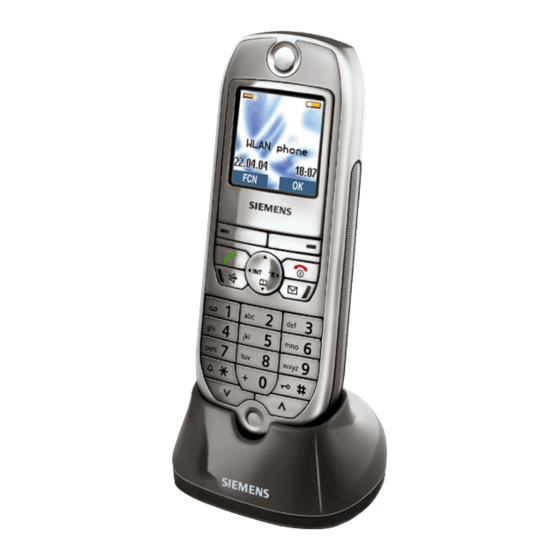
Siemens HiPath 2000 Manual
Hide thumbs
Also See for HiPath 2000:
- User manual (214 pages) ,
- Administration manual (192 pages) ,
- Operating manual (152 pages)












Need help?
Do you have a question about the HiPath 2000 and is the answer not in the manual?
Questions and answers